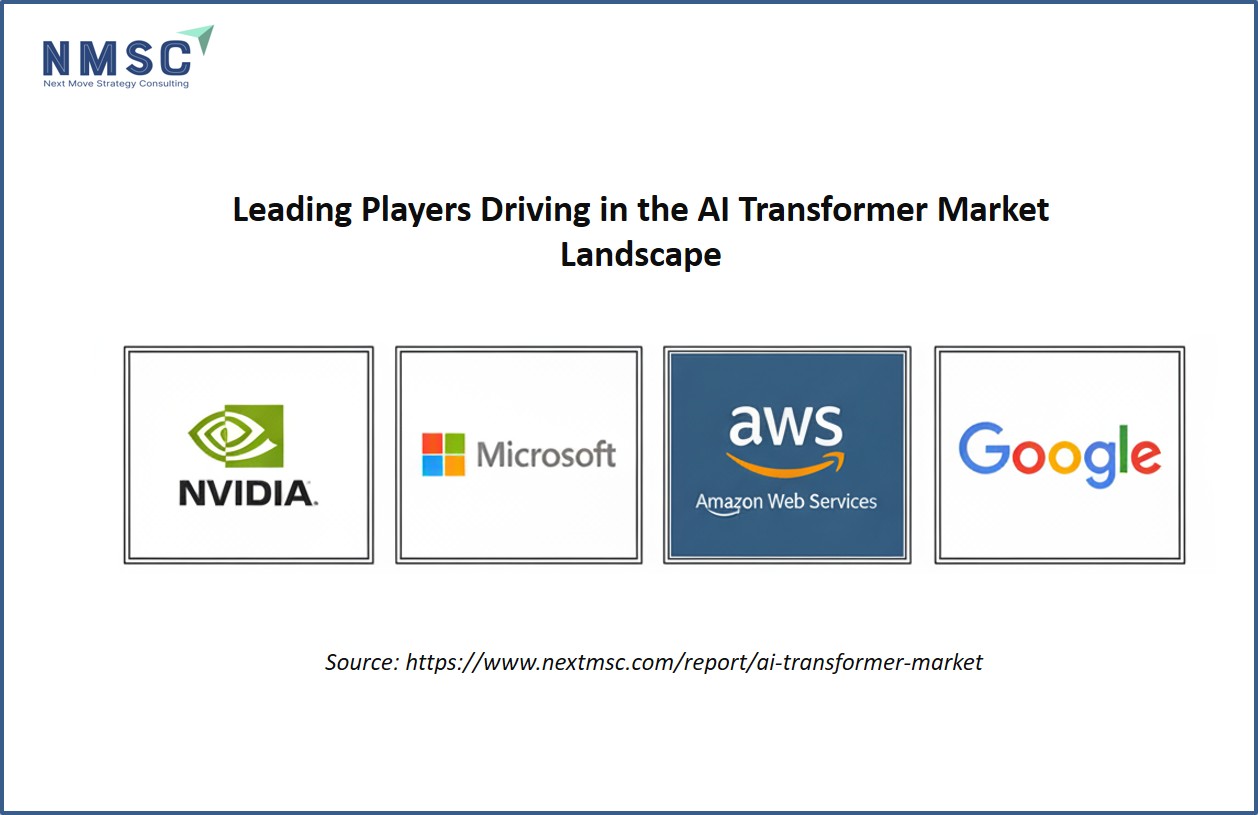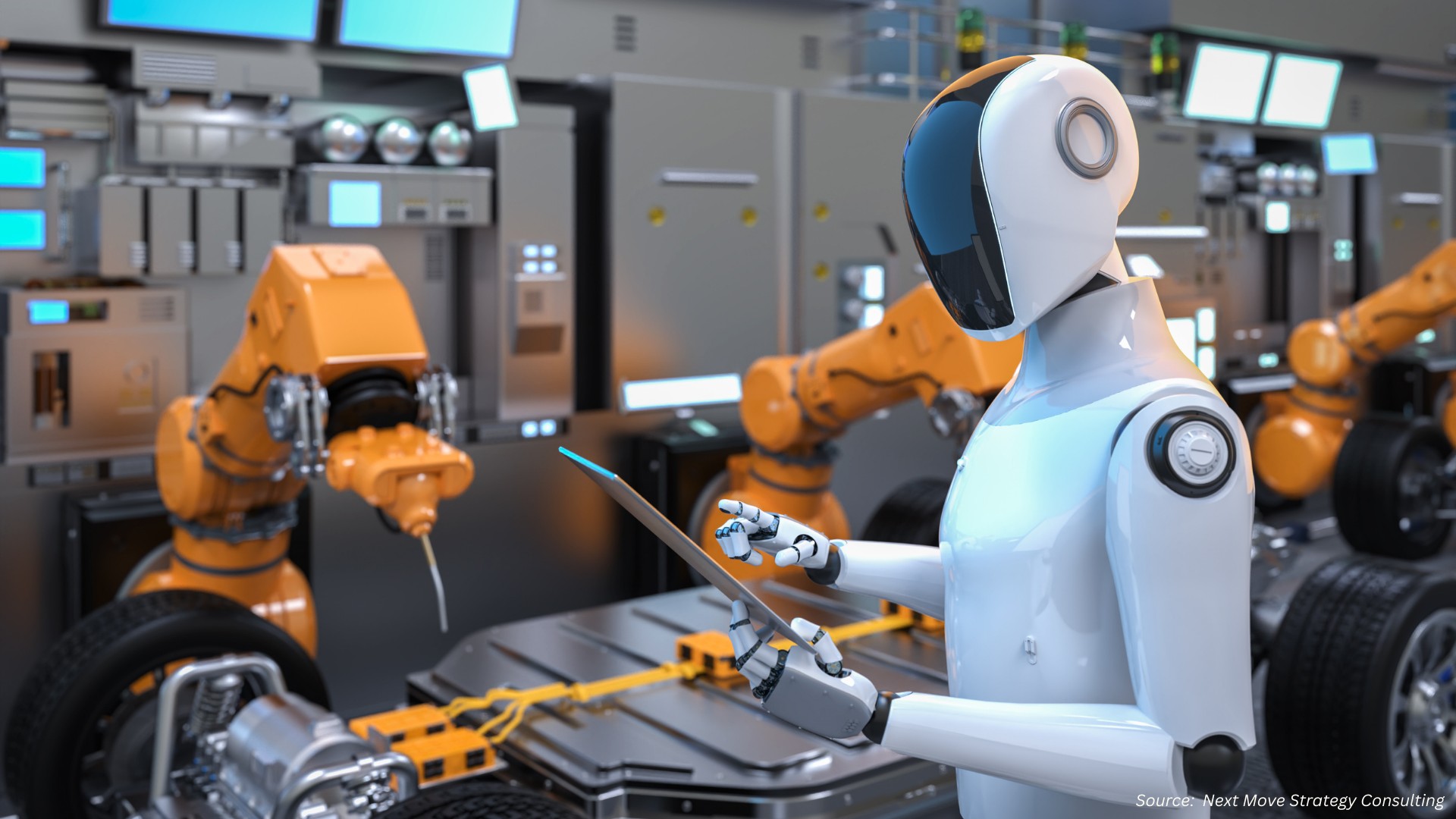How Google Created the Transformer but Lost the AI Race
Published: 2025-10-06

AI Transformer: The Invention That Changed Artificial Intelligence Forever
Artificial Intelligence (AI) has witnessed several defining moments, but few innovations have had as transformative an impact as the Transformer model. Developed at Google in 2017, this architecture became the foundation for today’s generative AI systems—including ChatGPT, Gemini, and other large language models (LLMs).
However, while Google built the model that revolutionized AI, it is competitors like OpenAI that ultimately turned it into a global phenomenon. The story of how Google created the Transformer but lost the AI race offers deep insights into innovation, timing, and strategic execution in the tech industry.
The Birth of the Transformer Model at Google
In 2017, eight Google researchers—later known as the “Transformer 8”—published the paper “Attention Is All You Need.” Among them was Illia Polosukhin, who, during a brainstorming lunch, conceptualized the idea that would redefine machine learning.
According to CNBC, Polosukhin built the very first Transformer after returning from that lunch. This new neural network architecture enabled models to process information more efficiently, handle long text sequences, and generate human-like responses—making modern generative AI possible.
Google’s Slow Commercial Response
Despite inventing the Transformer, Google was cautious in commercializing it. As Polosukhin noted, Google’s size and structure limited its ability to move quickly.
“If you want to move really fast and put something in front of a user, Google is a big company with a lot of processes and security protocols,” said Polosukhin.
This cautious approach meant that while Google refined its technology internally, OpenAI took bold steps—launching ChatGPT publicly in 2022. The chatbot’s viral success redefined public perception of AI, surprising even Google, which had once dominated the field.
Illia Polosukhin’s Vision: Democratizing AI
While Google refines its enterprise ecosystem, Polosukhin continues his mission to democratize artificial intelligence. As co-founder of Near, he advocates for user-owned AI—systems that prioritize privacy, user sovereignty, and open access.
He remains proud that the Transformer model was made open source, enabling developers worldwide to innovate freely.
“Opening it up and making it available to everyone to build on top of it was the right decision,” Polosukhin stated.
This open philosophy is what allowed startups, research labs, and even competitors to accelerate AI development globally.
Prominent Key Players in the Global AI Industry
The global AI industry features several leading players driving innovation and adoption across technologies and sectors. Notable companies include NVIDIA Corporation, Microsoft Corporation, Amazon Web Services, Inc., Google LLC, IBM Corp., Advanced Micro Devices, Inc., Oracle Corporation, Intel Corporation, OpenAI, Inc., Baidu, Inc., Qualcomm Incorporated, Hewlett Packard Enterprise Company, Alibaba Cloud Computing Ltd., Huawei Technologies Co., Ltd., Salesforce, Inc., Meta Platforms, Inc., SAP SE, Cisco Systems, Inc., SAS Institute Inc., Siemens AG, Databricks, Inc., iMerit Technology Services Pvt Ltd., Centific Global Solutions, Inc., Quantiphi, Inc., Tiger Analytics, LLC, TELUS International (Cda) Inc., Innodata Inc., Fractal Analytics Pvt. Ltd., Sama Group, Inc., and C3.ai, Inc., among others. These organizations play pivotal roles in advancing AI research, deployment, and enterprise solutions worldwide.
Next Move Strategy Consulting’s View
According to Next Move Strategy Consulting, the global AI transformer market is entering a strong growth phase from 2024 to 2030, driven by adoption across sectors like healthcare, finance, retail, and manufacturing. Cloud infrastructure expansion, rising demand for multimodal and high-performance AI, and high entry barriers are shaping the market landscape. While growth remains robust, success will depend on balancing scale with specialization. NMSC predicts continued consolidation, with major cloud and AI platforms likely to dominate by acquiring or outpacing smaller competitors.
OpenAI’s Strategic Bet: Superintelligence
While Google builds infrastructure, OpenAI’s CEO Sam Altman is betting on “superintelligence”—AI systems capable of advancing science and innovation beyond human limits.
This divergence in focus underscores two philosophies:
Google’s: Build the most robust, safe, and scalable AI ecosystem.
OpenAI’s: Push the boundaries of AI intelligence and accessibility.
Both approaches have merits, but OpenAI’s risk-taking and rapid iteration gave it cultural dominance, while Google maintains deep technical credibility.
Summary: How Google Built the Future, Then Watched It Evolve
|
Factor |
Google’s Position |
OpenAI’s Advantage |
|
Innovation Origin |
Created the Transformer (2017) |
Built on it with GPT models |
|
Execution Speed |
Slower, process-heavy |
Faster, public-first |
|
Public Engagement |
Limited |
Massive global adoption |
|
Research Depth |
Industry-leading |
Application-focused |
|
Future Outlook |
Gemini expansion, AI tools for developers |
Pursuit of superintelligence |
Next Steps: Lessons from the AI Transformer Journey
-
Open Innovation Wins – Open-sourcing transformative technology enables ecosystem growth and faster progress.
-
Speed Matters – Market timing and public engagement can outweigh even the best research.
-
Strategic Focus is Key – Infrastructure (Google) and application (OpenAI) both have unique long-term value.
-
User-Centric AI is the Future – As Polosukhin’s Near shows, privacy and sovereignty will define AI adoption.
-
Continuous Evolution – The Transformer’s legacy continues through models like Gemini, GPT, and future architectures.
Conclusion
Google’s creation of the Transformer model remains one of the most important breakthroughs in computer science. Yet, its story is also a reminder that innovation alone does not guarantee leadership. OpenAI’s agility, risk-taking, and user-first approach propelled it ahead, even as Google’s foundational research made it all possible.
About the Author
 Tania Dey is an experienced Content Writer specializing in digital transformation and industry-focused insights. She crafts impactful, data-driven content that enhances online visibility, and aligns with emerging market trends. Known for simplifying complex concepts. Tania Dey delivers clear, engaging narratives that empower organizations to stay ahead in a competitive digital landscape.
Tania Dey is an experienced Content Writer specializing in digital transformation and industry-focused insights. She crafts impactful, data-driven content that enhances online visibility, and aligns with emerging market trends. Known for simplifying complex concepts. Tania Dey delivers clear, engaging narratives that empower organizations to stay ahead in a competitive digital landscape.
About the Reviewer
 Sanyukta Deb is a skilled Content Writer and Digital Marketing Team Leader, specializing in online visibility strategies and data-driven campaigns. She excels at creating audience-focused content that boosts brand presence and engagement, while also pursuing creative projects and design interests.
Sanyukta Deb is a skilled Content Writer and Digital Marketing Team Leader, specializing in online visibility strategies and data-driven campaigns. She excels at creating audience-focused content that boosts brand presence and engagement, while also pursuing creative projects and design interests.

















Add Comment